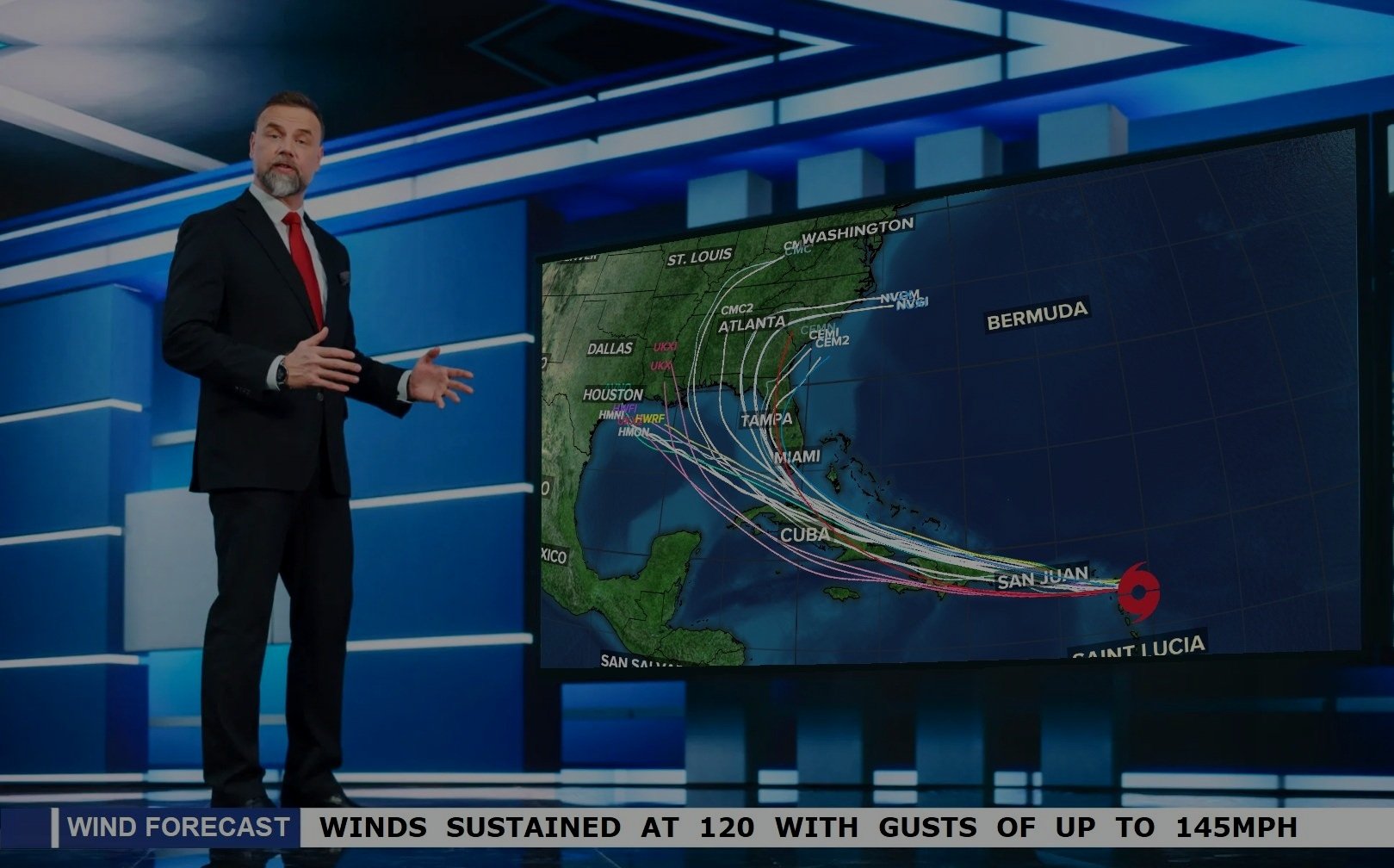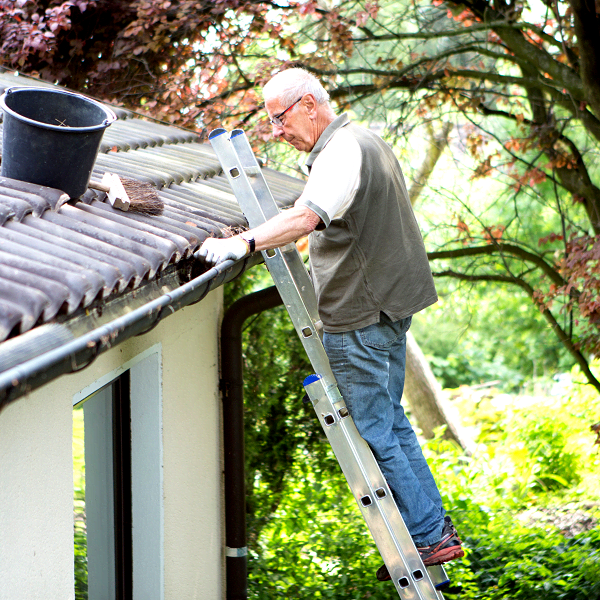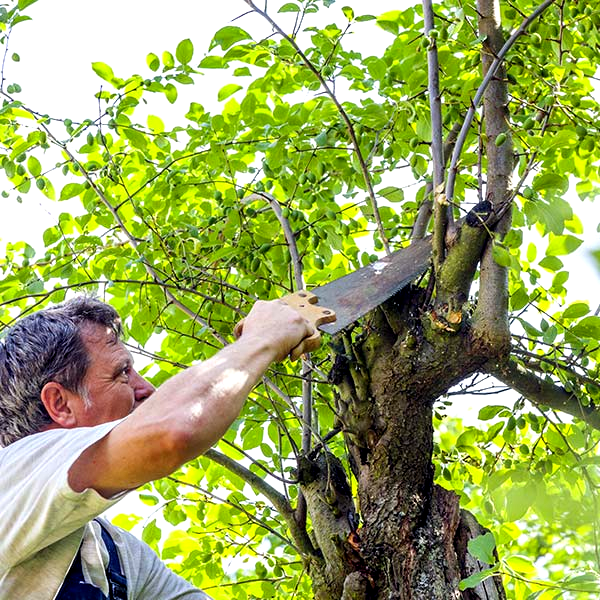
PREVENTION
ANTICIPATE - PROTECT - PRESERVE
High humidity and warm air contribute to the frequent occurrence of thunderstorms. Additionally, the beginning of June signals the start of hurricane season in the Atlantic Ocean. It is important to prepare your home in advance for these storms. One crucial step is to regularly inspect and maintain your roof to ensure its resilience against wind, rain, hail, and other environmental elements. Conducting a visual inspection every six months allows for the early identification of problems, enabling timely repairs to prevent more significant issues in the future.
If you do not feel safe conducting these inspections, or just are unsure of your assesment, call us and we will come out to your property.
HERE ARE 5 PREVENTIVE MAINTENANCE TIPS
1. INSPECT YOUR ROOF - To ensure safety, it is important to wear appropriate safety gear when climbing on the roof and avoid doing so if not possible. Some issues can be identified without the need to physically step on the roof. Assessing sloped roofs alone can be risky, so it is advisable to seek assistance from a professional roofer if necessary. Regular inspections and maintenance help identify minor issues before they worsen, providing an easy method to prevent significant damage. Setting a yearly reminder in your calendar is a helpful practice for staying proactive.
EXTERIOR STRUCTURES - Inspect décor, chimneys, vents, fascia, drip edges, decking, skylights, and other areas for signs of leaks, damage, missing components, cracks, rust, or rot. It's important to note that each roof may have unique elements or crevices that require additional inspection.
VISIBLE DAMAGE - Signs of visible damage on your roof include asphalt shingles with missing granules, curling, bending, or being broken or missing altogether. Other indicators include the presence of dirt, debris, standing water, blocked drains, gutters, or downspouts, cracked caulk or rubber, and significant vegetative growth like moss or algae. Any apparent damage should be taken seriously as it may indicate an existing or potential problem with your roof.
INTERIOR VISUAL - When checking the interior of your house, make sure to visually examine any damage resulting from leaks. Water spots can serve as a reliable sign of an external roof leak. Keep in mind that the point where the leak appears inside may not necessarily correspond to its source on the outside. To safely locate the origin of the leak from your rooftop, it is recommended to contact a local roofing company.
2. CLEAN GUTTERS - If your home has nearby tall trees and dense foliage, you may need to clean your gutters more frequently compared to houses without these features. It's worth noting that even in the absence of nearby trees, strong winds can still deposit debris on your roof or gutters. Thankfully, there are effective alternatives like gutter guards that can reduce the need for manual cleaning. Gutter cleaning is crucial to ensure proper water drainage and prevent issues such as water pooling, increased weight, and moisture-related damage on or near the roof. While wet leaves and debris may not visibly harm the outer layer of your roof, they can deteriorate the underlying layers. Remember that gutters are designed to divert water away from your house, but they cannot fulfill this function effectively when clogged with debris.
3. TRIM FOLIAGE - During summer storms, strong winds can cause nearby trees to come into contact with your roof and house. Trimming tree branches is essential to minimize damage caused by limbs brushing against your home. Apart from keeping the gutters clean, trimming branches and foliage around your house also prevents large limbs from causing harm during storms. Broken or fallen limbs can lead to roof cracks or premature deterioration due to the additional weight. Additionally, leaves and twigs accumulating on the roof can trap water, creating excess moisture that can promote vegetative growth and weaken or decay the roof. It's important to address this issue as decaying leaves can be unsightly and have negative effects on the roof's integrity.
4. SECURE EXT. FURNITURE & DECOR - Securing furniture and décor before a storm is essential for several reasons. First, strong winds during a storm can turn unsecured items into projectiles that can cause significant damage or injury. Second, secured furniture and décor can prevent them from being blown around and causing damage to windows, walls, or other structures. Lastly, proper preparation by securing these items helps maintain a safe environment during the storm and reduces the risk of costly repairs or replacements.
5. MAKE REPAIRS - It is important to promptly identify and address any issues that arise. By taking proactive measures and addressing problems early on, you can prolong the lifespan of your roof and minimize potential damage. If you are unsure about the safety of fixing a particular issue yourself, prioritize your safety and seek guidance from a local roofing professional.
Ensuring safety is paramount in all circumstances. It is recommended to entrust tasks involving deteriorating or damaged homes to licensed professionals with relevant experience. Our team prioritizes safety for both our staff and customers, so it is strongly advised not to put yourself in a risky situation. We are here to provide a free inspection, giving you peace of mind and helping maintain your home in its optimal condition.

SEVERE WEATHER RESOURCES
Alonzo Roofing boasts a widespread network of resources throughout the state, enabling them to provide timely assistance to your home or business following either widespread or isolated severe weather incidents. Their strategic positioning ensures reliable support in the aftermath of such events.





